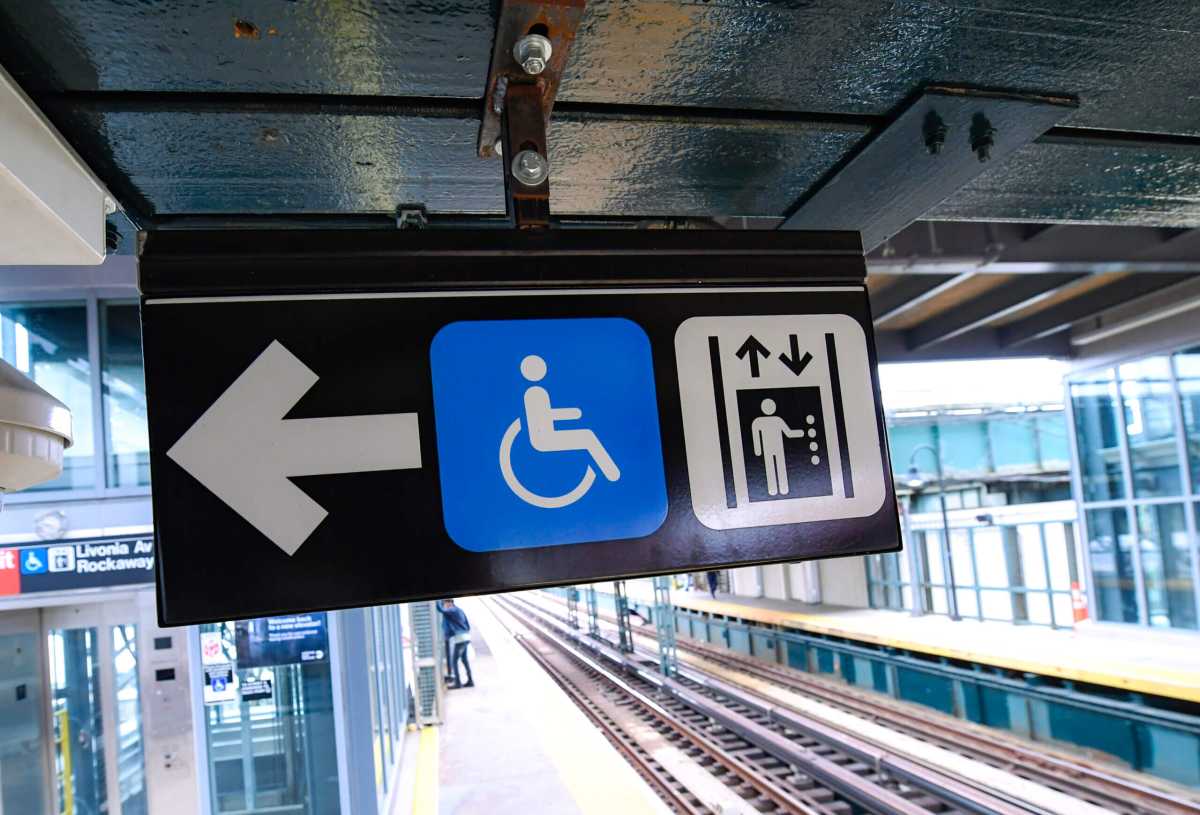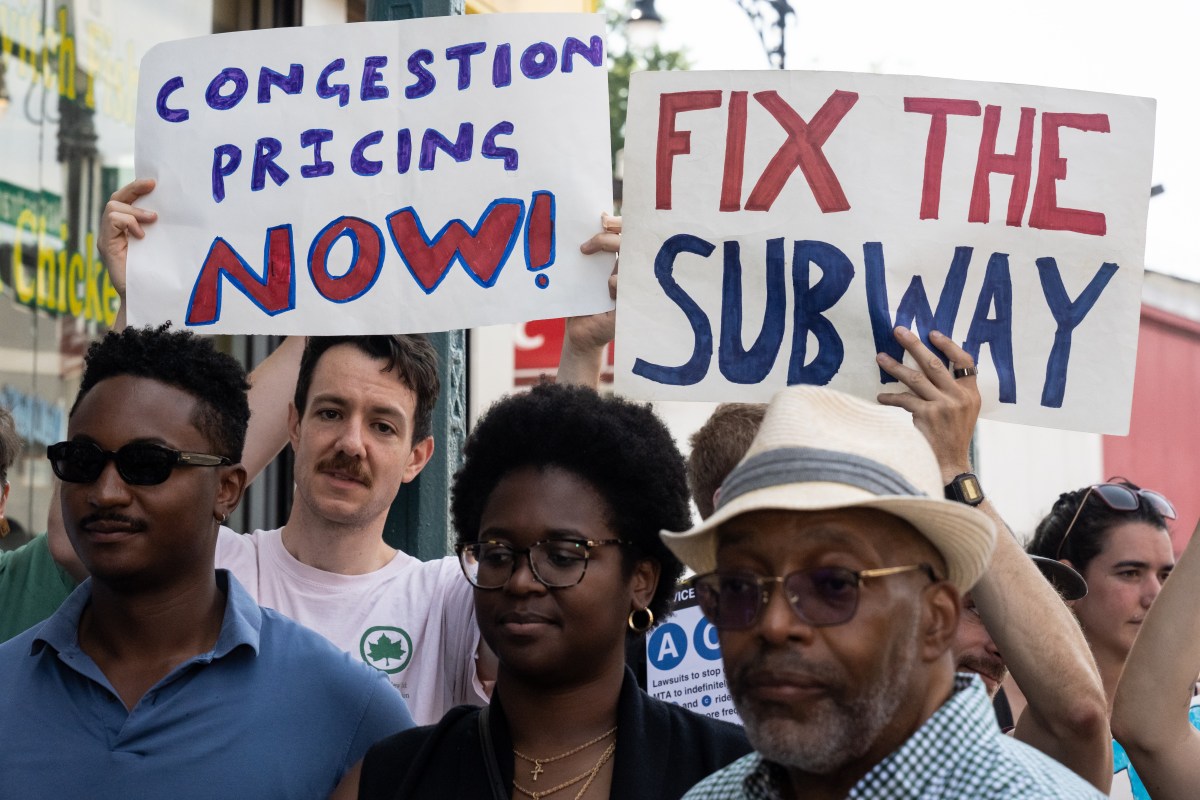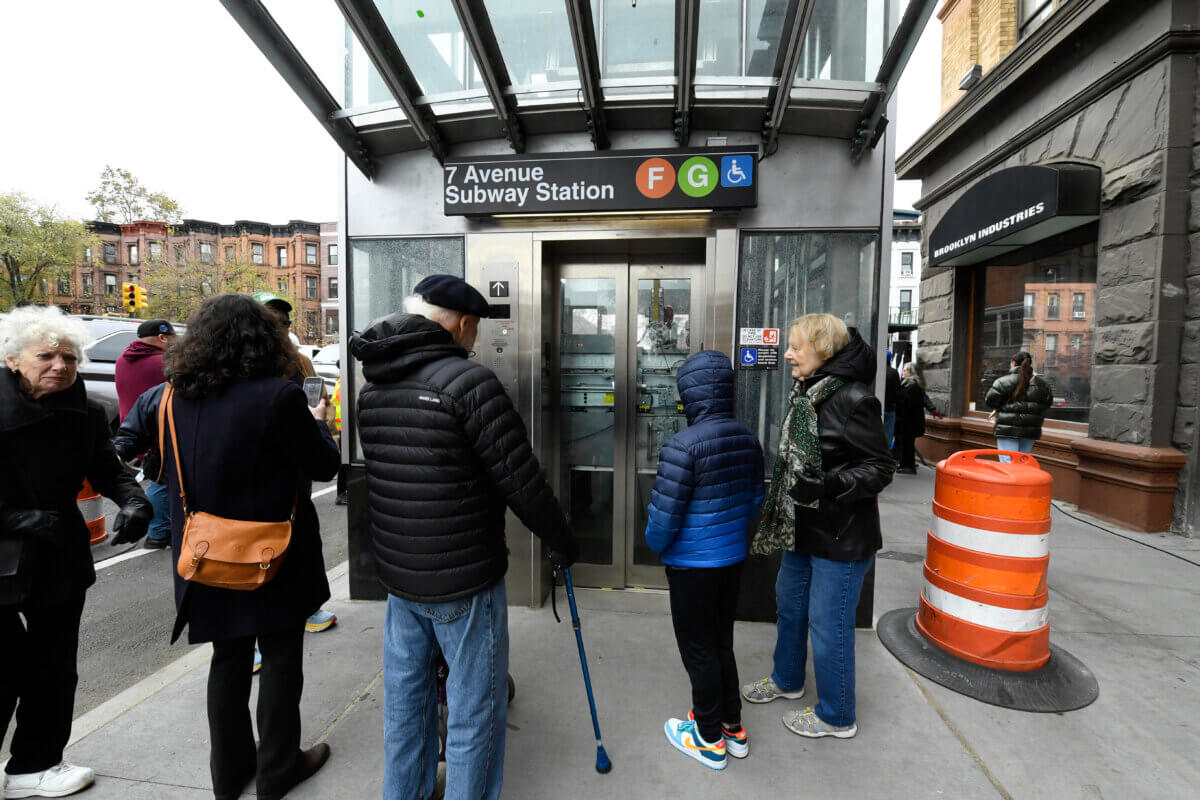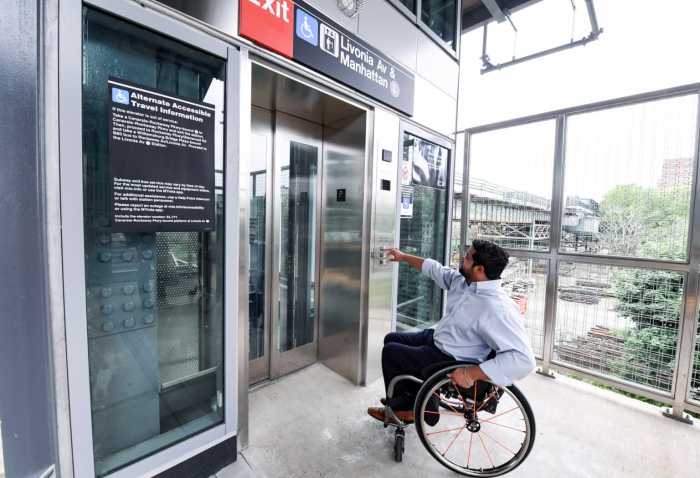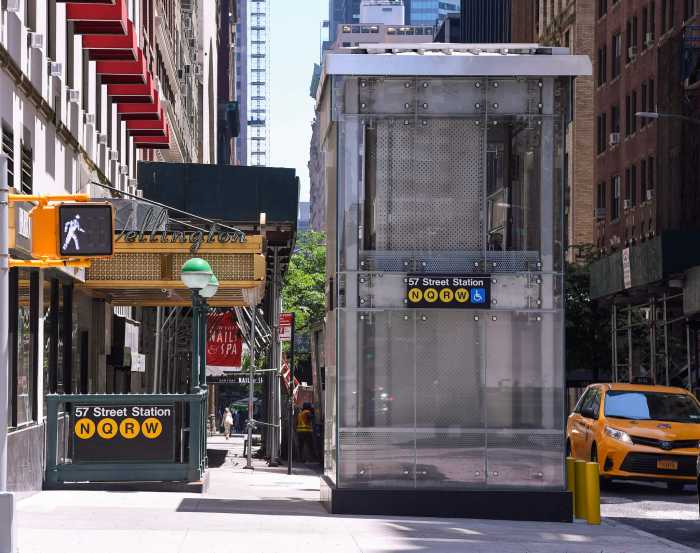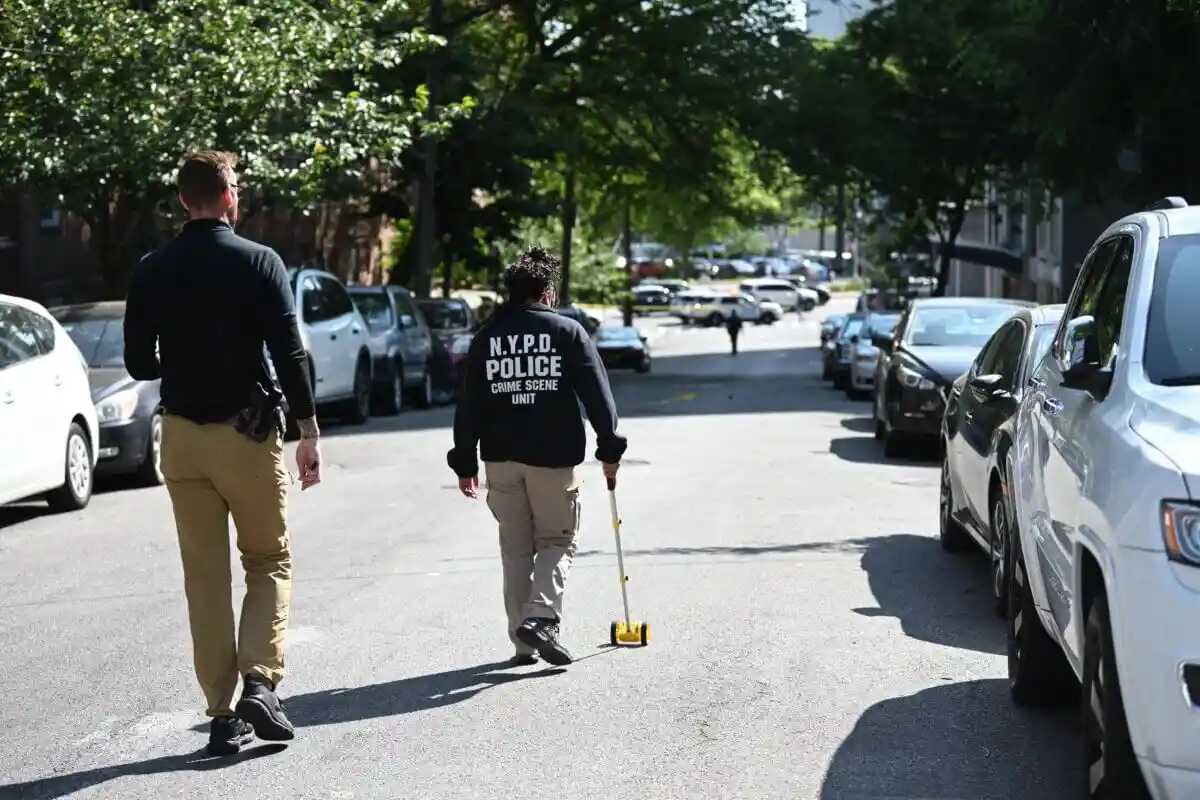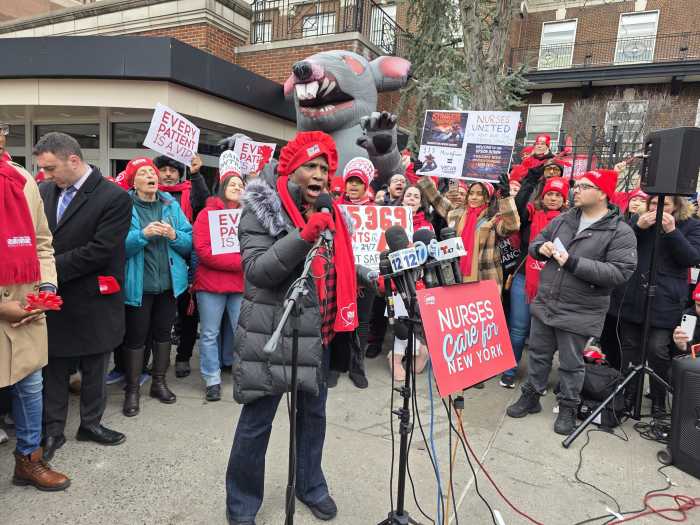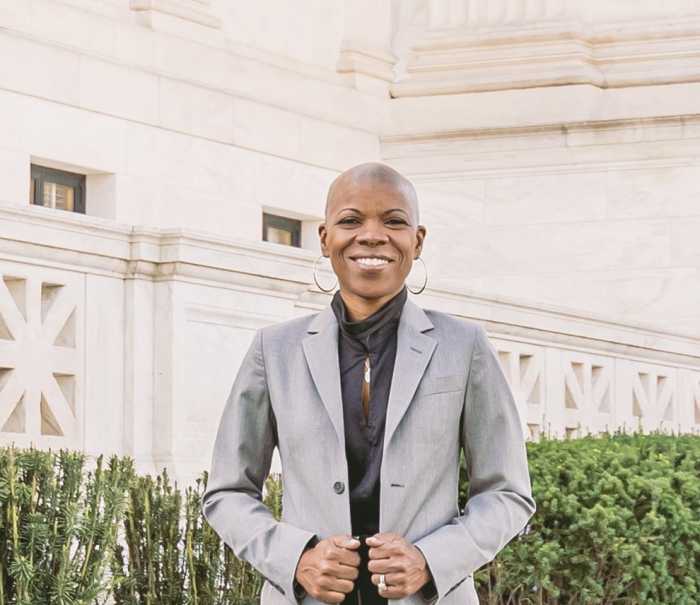Friday, July 26, marked the 34th anniversary of the signing of the Americans with Disabilities Act (ADA). As the MTA’s first Chief Accessibility Officer and the Interim President of New York City Transit, responsible for ensuring safe and accessible travel on our subway and bus system, the ADA is a major milestone. Over the last three decades, accessibility has become a core priority of NYC Transit and the MTA, driving many of the improvements made to the system for the benefit of all our customers.
While building new subway elevators and ramps is a huge piece of this commitment, day-to-day operations and policies are crucial to ensure accessibility of our transit system. Across the subway, bus, and paratransit systems, we have created new ways to keep customers informed and improve service.
On subways, we’ve released a new tool to seamlessly personalize real-time alerts for customers when elevators are out of service. We also created dedicated customer service centers across all five boroughs and brought station agents out of the booths, so they are best positioned to answer questions and identify customers who may need assistance.
On buses, we are laser focused on how to increase speed and improve service. With the launch of the Automatic Camera Enforcement (ACE) system, buses, for the first time, can help identify vehicles illegally parked in bus stops or double parked. This is critical to ensure customers with mobility devices, luggage, or strollers have access to the curb and can board and exit a bus safely. NYC Transit made its entire bus fleet 100% accessible in 1993, making it one of the first transit agencies to do so.
On Access-A-Ride, improvements to the MyAAR app allow paratransit customers to schedule their own trips without making a phone call – providing customers with more options and more independence. Additional behind-the-scenes service improvements have led to boosts in on-time performance and record-high customer satisfaction.
Each day, it is our employees who ensure we have an accessible system. Without elevator maintainers, station agents, bus operators, paratransit drivers, and the thousands of MTA employees, our system would cease to function for our customers. Just this week, we honored 38 employees who have gone above and beyond to ensure customers have a safe and accessible trip.
What our bus operators, subway conductors, station agents, and paratransit personnel do every day is critical in the mission of accessibility. Both of us have committed to public service, and we aim to lead by example. So, in commemoration of the anniversary of the passage of ADA and during Disability Pride Month, we recommit to you, the riders, that no matter who you are, the MTA will get you where you need to go.
Quemuel Arroyo is MTA Chief Accessibility Officer and Demetrius Crichlow is Interim President, MTA New York City Transit
Read More: https://www.amny.com/oped/



